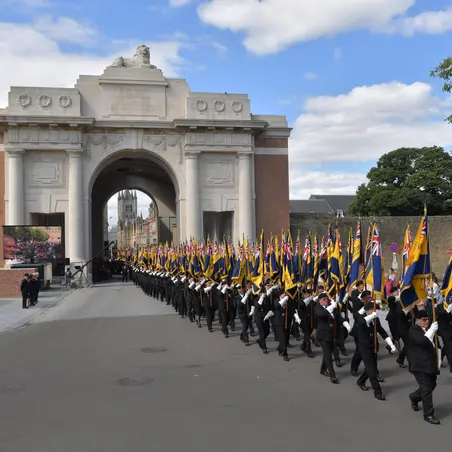Telling Our Story
Our members, volunteers and staff have been at the heart of the Royal British Legion since our formation in 1921.
In our centenary year we are celebrating the people who have not only contributed to our history, but to their communities. From silk poppies to personal testimonies of support, explore our stories that celebrate 100 years of honouring and supporting those who protect our way of life.
This is your story. It’s about you, your people, your branches, your community, your achievements and connections. By bringing to life their personal stories, memories and charitable work, we are telling the story of the last 100 years.
Explore our stories
100 years of supporting the Armed Forces community
Help us celebrate RBL's centenary year and our people who have made such a difference. Find out how you can get involved in our centenary.
Our centenary

100 years of Remembrance factsheet
Explore what Remembrance means and get ideas for your own remembrance activities.
Download factsheet
Any questions?
Please get in touch if you require any assistance or have any questions - we are here to help you.
Email our team










